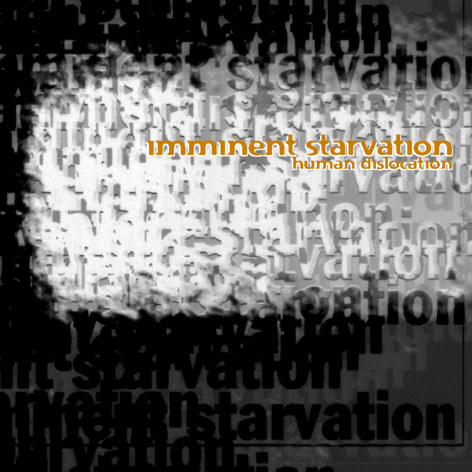Dislocation of hip — Classification and external resources X ray showing a joint dislocation of the left hip. ICD 10 S … Wikipedia
Dislocation of hip in animals — Dislocation of hip (coxofemoral luxation) may occur in domestic animals. It is a not rare condition, usually unilateral, in: cattle, among others, after calving. dogs, resulting from trauma or as a complication of hip dysplasia. The same illness… … Wikipedia
Human mortality from H5N1 — or the human fatality ratio from H5N1 or the case fatality rate of H5N1 refer to the ratio of the number of confirmed human deaths resulting from confirmed cases of transmission and infection of H5N1 to the number of those confirmed cases. For… … Wikipedia
Dislocation of Sami people — The Dislocation of Sami people refers to the ordered movement of 300 400 Sami peoples from Jukkasjärvi and Karesuando in 1920s to 1940s. Contents 1 Background 2 The Dislocation 2.1 The first movings … Wikipedia
Human musculoskeletal system — A musculoskeletal system (also known as the locomotor system) is an organ system that gives animals (including humans) the ability to move using the muscular and skeletal systems. The musculoskeletal system provides form, support, stability, and… … Wikipedia
Hip dysplasia (human) — This article describes hip dysplasia in humans. For hip dysplasia in animals, see Hip dysplasia (canine). Hip dysplasia (human) Classification and external resources Congenital dislocation of the left hip in an elderly person. Closed arrow marks… … Wikipedia
Joint dislocation — Classification and external resources A traumatic dislocation of the tibiotalar joint of the ankle with distal fibular fracture. Open arrow marks the tibia and the closed arrow marks the talus. ICD … Wikipedia
skeletal system, human — ▪ anatomy Introduction the internal skeleton that serves as a framework for the body. This framework consists of many individual bones (bone) and cartilages (cartilage). There also are bands of fibrous connective tissue the ligaments (ligament)… … Universalium
lens dislocation — ▪ physiology abnormal position of the crystalline lens of the eye (eye, human). The dislocation, which may be congenital, developmental, or acquired (typically via trauma), is usually caused by abnormalities of or injury to a portion of the … Universalium
Cervical dislocation — Cervical dislocation, breaking the neck or snapping the spine are terms used to describe this killing method intended to be quick and painless.[1] This is a technique used in physical euthanasia by applying pressure to the neck and dislocating… … Wikipedia

